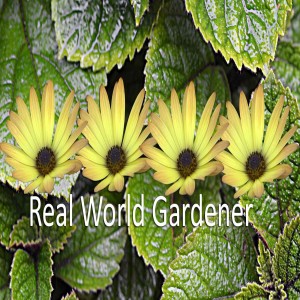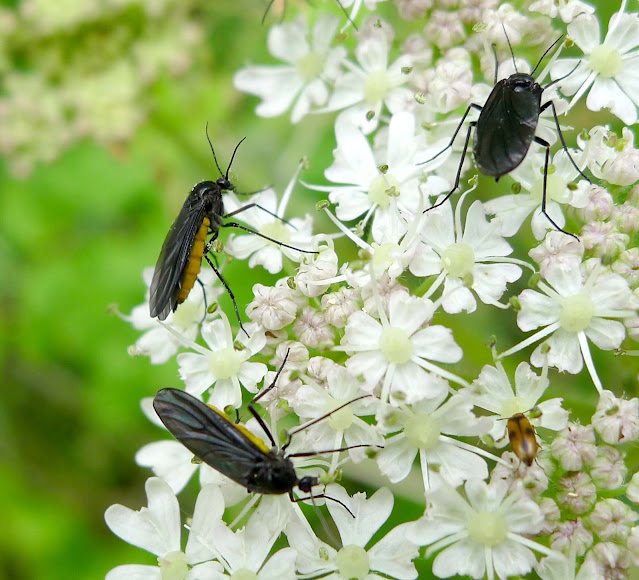
Episodes

Saturday Sep 18, 2021
Control of Fungus Gnats in Plant Doctor
Saturday Sep 18, 2021
Saturday Sep 18, 2021
PLANT DOCTOR
FUNGUS GNATS
These tiny flying things can swarm around your indoor plants but other than annoyance, are they killing your plants?
Those tiny little flies that hang around your fruit bowl or indoor plants aren’t always that same thing.
Sometimes they’re confused with fruit flies, or even ordinary house flies, but none of those two are correct. Inevitably they’re up to no good but how to tell them apart?
- There are fungus gnats and fermentation flies.
- they are attracted to different things.
- Fermentation or vinegar flies tend to hang around the fruit bowl, especially if you've got overripe fruit because vinegar flies are attracted to sugars.
- Fungus gnats are smaller, flitting around erratically: the adults of which are attracted to moisture.
- the adults are doing much if anything to your plants other than laying lots of eggs, although there is evidence that they can transmit plant diseases.
- The larvae can be the problem because the feed on the roots of your plants.
 |
| Fungus gnats -magnified heaps. |
- Remember: Vinegar or fermentation flies are attracted to sugary treats, such as over-ripe fruits, whereas fungus gnats are attracted to moisture such as overly wet potting medium.
- Greenhouses can also have an outbreak of fungus gnats.
Where do they come from?
Came with the plants you bought or from potting mix.
How to stop them?
- Keep your soil medium a bit on the dry side.
- Drench the potting mix with neem oil which will control the juvenile stages.
- Make a sticky trap using vaseline to trap the adults.
- Use a type of mulch the prevents the adult fungus gnats burrowing into the soil to lay the eggs.
- Worst case, repot with fresh potting mix.
- Greenhouse control can be with predatory insects.
Let’s find out more by listening to the podcast.
I'm talking with Steve Falcioni from www.ecoorganicgarden.com.auIf you have any feedback email realworldgardener@gmail.com or write in to 2RRR PO Box 644 Gladesville NSW 1675
Version: 20240320
